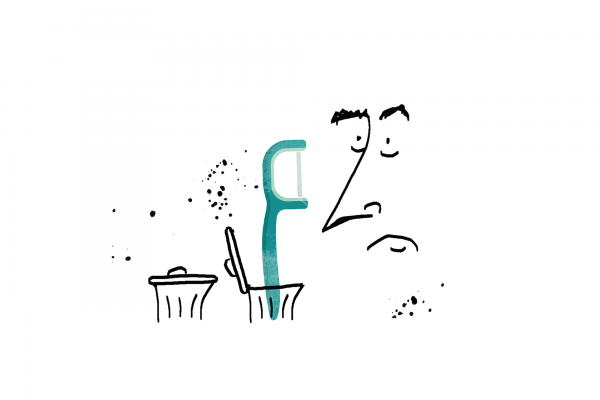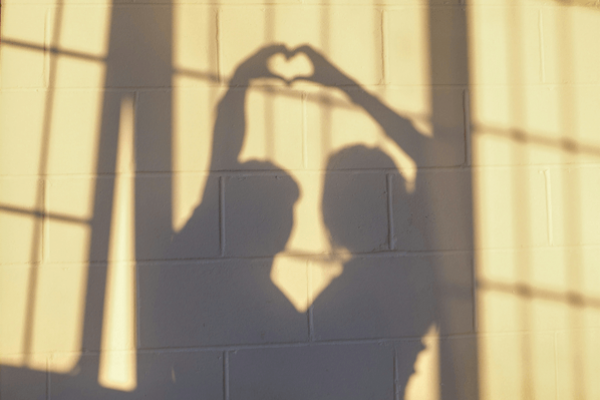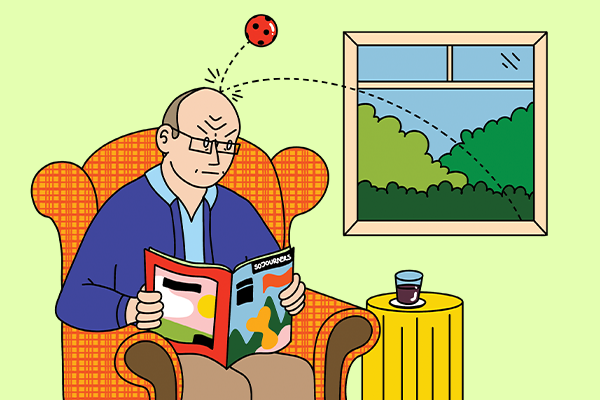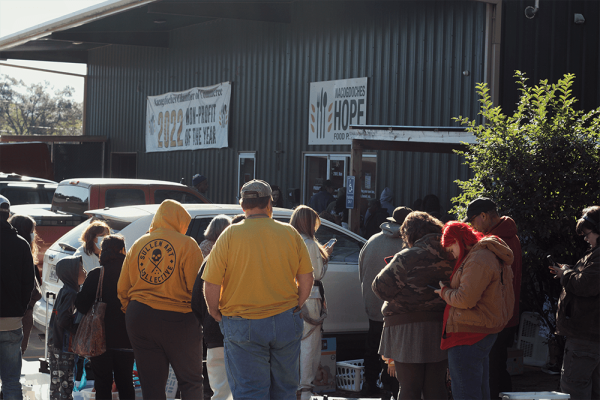WALKING THE EMPTY streets of Washington, D.C., my hat pulled down against the wind and my face obscured by a fabric mask, I can’t help but notice the unsightly trash on the sidewalk. Lately, the usual litter of the nation’s capital—gum wrappers, empty fast-food containers, unsigned legislation for the common good—now includes a new item carelessly dropped. The formerly ubiquitous cigarette butt has been replaced by the discarded flossing pick.
While it’s good that many people have stopped smoking, must they now floss and toss? Old cigarette butts might eventually compost into something useful to the earth. But plastic devices for cleaning teeth will be with us—much like a 6-3 Supreme Court—long after any possible use to society. And they’re disgusting to look at. (Floss picks, not the Supreme Court, although [name withheld] is looking well past his freshness date.)
My guess is that former smokers have switched to floss devices to keep alive the rituals they so loved. And who can blame them? It’s so satisfying to take a pick from a fresh pack, hold it just so between thumb and forefinger, and go to town on what’s left from lunch. Maybe there should be designated areas outside office buildings where flossers could gather during breaks, bonding while prying out that troublesome piece of bagel and complaining about the boss. All the while looking relaxed and worldly as they move from tooth to tooth, then casually tossing the pick to the ground, followed by stepping on it with practiced vigor. Unfortunately, there’s a lot of peer pressure to floss in public, but just because the cool people are doing it doesn’t mean you have to. Think of the children.
Another item of trash I’ve noticed is the discarded surgical mask. It lays there in your path, flattened and soiled, waiting to be blown against a passing ankle by an errant breeze, its strings open like traps for the unwary. You walk around it to be safe, but you can’t shake the troubling feeling it’s permeated with viral spores—kept alive by the obliging seasonal chill in which they thrive—dormant only until human contact triggers them. If it gets on your shoe, how do you get it off? With a stick? Do you even have a stick? And if you find a stick nearby, how do you know it hasn’t been used by somebody else against that very same mask?! The sidewalks may be empty these days, but they are not without risk or danger. (Which is why I always carry a stick.)
When it comes to masks, it’s bad enough to have to wear the darn things. My usual friendly expression has been reduced to a practiced twinkle, which scarcely conveys my congenital positivity. And my eyebrows get sore from constantly arching them to convey a friendly manner. We’re reduced to using our crow’s feet to squint joy at seeing an old friend across the street, as we shout, “It’s so good to see you. NO STAY RIGHT THERE, I’ll catch you later, maybe next fall.”
Actually, wearing a mask with sunglasses and a hat is a good look for me. It gives off a kind of Invisible Man vibe. Minimum face, maximum attitude. I’m thinking about wearing it even after the virus has been eradicated, which wannabe president-for-life Trump assured us will be any day now.
But back to that mask on the sidewalk. Why would it be abandoned? Given its crucial role in the world today, how does the wearer not notice its absence? Or did he (or she) just not care? Was he a scoffer of science, a selfish denier who even now walks in the vicinity? Wait, was that a sneeze I just heard behind me, or a cough from an approaching stranger? I pick up my pace, scanning ahead for medical hazards and floss picks. Who knew a sidewalk could be so scary? (It’s good to share. Maybe I won’t have that dream again tonight.)
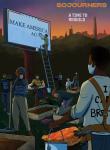
Got something to say about what you're reading? We value your feedback!
